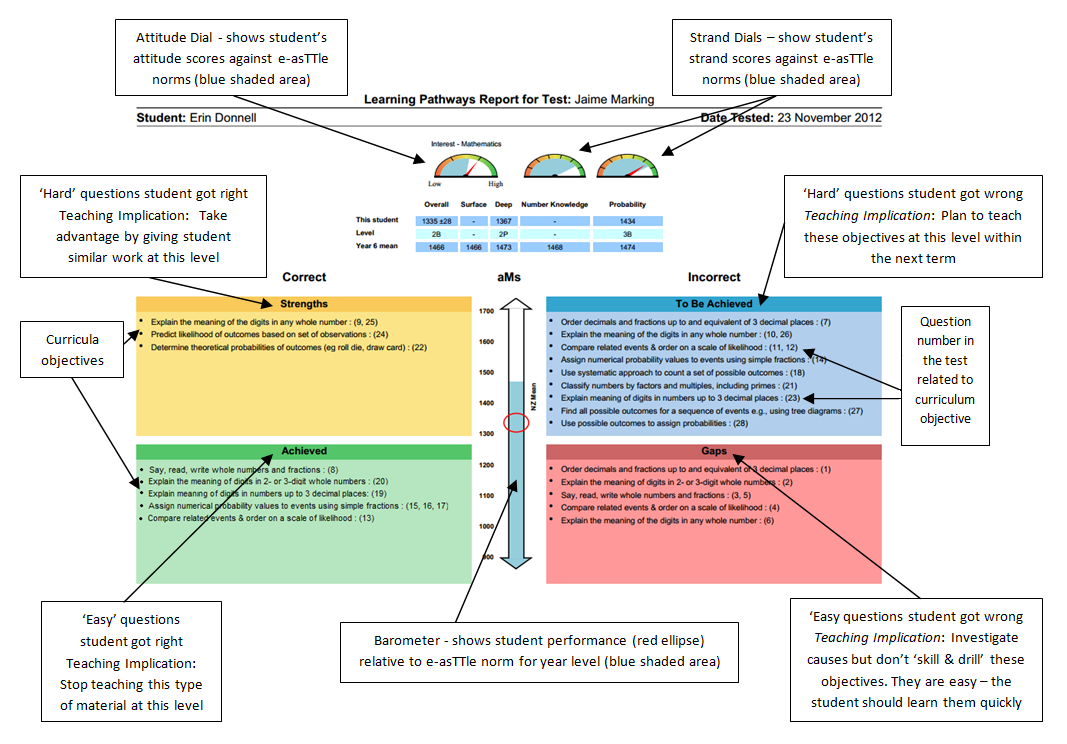Many parents have been asking me for advice about their Year 10 child/ren’s next steps on their learning journey. I need to emphasise that the vision for the Flat Bush area was for MHJC to be the feeder school for Ormiston Senior College and I remain committed to this ideal. We work hard to ensure there is a seamless transition from our contributing schools through MHJC to OSC. Diana Patience and I have regular meetings to seek ways to collaborate and we have spoken recently about how we can share resources to develop each other’s sporting programme. She has already made good progress with her school being involved in a sports exchange this year.
I am also convinced that Ormiston Senior College is able to provide outstanding academic opportunities for your children. The school’s results last year indicated excellent growth and to have over half of the Year 11 cohort achieving an excellence or merit endorsement is a record most schools would envy.
I attended the Prize Giving last year and was very impressed by the tone of the event and the achievements of the students. One was of particular note – Taraani Mohammed (former student of MHJC) who was awarded a scholarship from the University of Auckland to cover her entire study fees estimated at over $30k.
Finally we all want students to learn in a happy, caring environment and the personalised learning programme that they are used to combined with entering the school with well-established friendships is a crucial ingredient to academic success.
I hope my words, visits to the school and meeting members of staff may help you to make an informed decision. But don’t forget to listen to your child as well!
“Growing greatness – kia mana ake”


